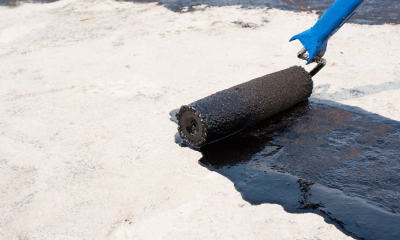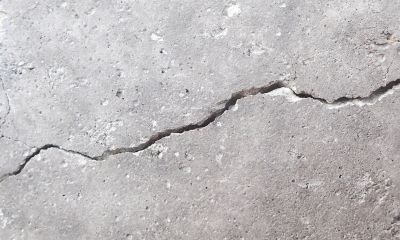If your building is beginning to weaken and its core strength is compromised, then you might have a structural damage problem. Most commonly seen in `load-bearing` walls, structural damage is a dark horse; it’s often hard to spot but can cause serious problems if left untreated. You may not know the extent of your damage until you’ve had it assessed, but you might’ve spotted the signs of it.
What is structural damage?
Structural damage is used to describe any type of damage affecting the main structure of a building. Imagine playing a game of Jenga and having no bricks left to remove or else your tower will collapse – those final integral parts of your tower are your structure! Damage comes in many forms, but most commonly you’ll be graced with leaks, sagging, and dampness if your building does have it.
What causes structural damage?
There are several causes, but usually, structural damage is a result of poor workmanship (say, if improper materials were used or the foundations were not properly prepared before the building was erected). Corrosion or water damage to a structure, it will usually be an issue with the damp proofing and or water ingress that’s to blame. In any case, it is best to request a survey by a qualified contractor if you are concerned about structural damage.
What are the signs of structural damage?
As aforementioned, structural damage can sometimes be hidden. If damage is visible, you’ll usually be able to identify it by the following signs:
• Damp walls/Ceilings
• Uneven or cracked floors
• Spalling Concrete
• Cracks on internal walls or ceilings
• With more progressive damage, a sagging roof or leaning doors and window frames.
How is structural damage repaired?
The repair jobs required depends on the type of damage caused. If you have cracks in a concrete wall, for example, you might need to remove the damaged area and find/treat the source of the issue, this could be a damp issue that can be cured by Tanking/Damp Proofing or injections to resist the damp or form a barrier between the existing damage and potential further damage. Concrete crack injection repairs to concrete where the structure has physically moved. Whereas if you have thermal expansion cracks, your specialist contractor might suggest either a remove and rebuild or ties, anchors crack injections or other.
Allow us to assess your structural damage
If you suspect structural damage, it’s best to get it checked out sooner rather than later. Even better – there are preventative measures to stop it happening in the first place!
Get in touch with our specialist contractors at CCUK, we’ll give you a free site survey and get you sorted in no time.




